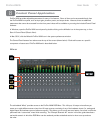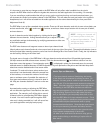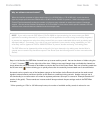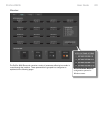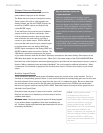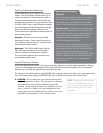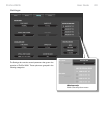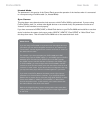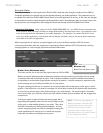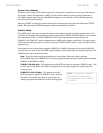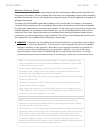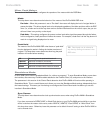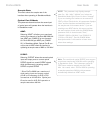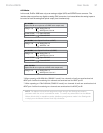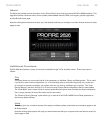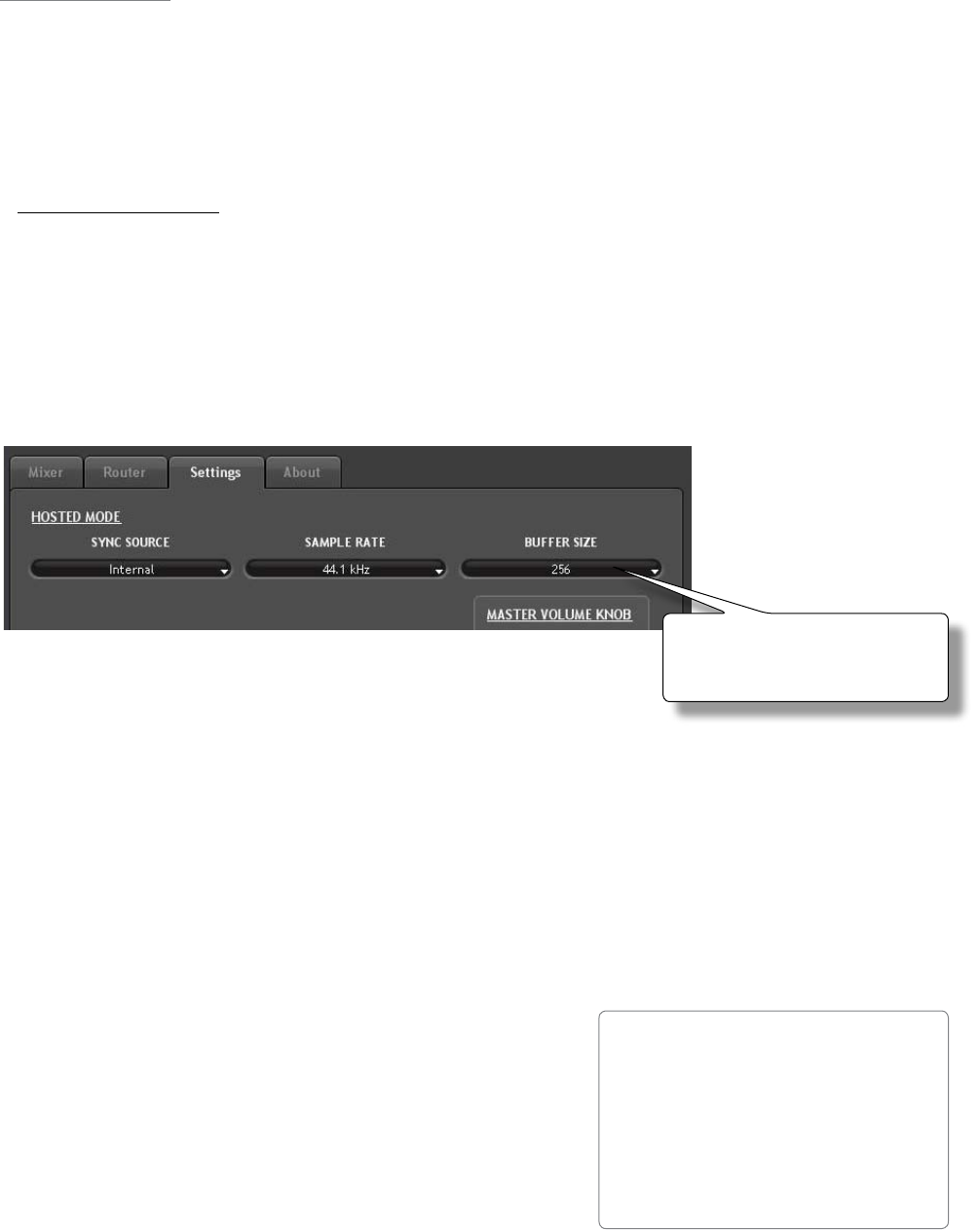
User Guide 25ProFire 2626
Sample Rate
This drop-down menu sets the sample rate of ProFire 2626. Note that when using the interface with an ASIO or
CoreAudio application, the sample rate can also be determined by your audio application. This parameter may not
be editable from within the ProFire 2626 Control Panel if your audio application is running. In this case, any changes
to the sample rate must be made through the audio application itself. If the application does not provide a way to set
the sample rate, quit the application, then change the sample rate through the ProFire 2626 Control Panel.
▶ Attention Vista Users: When using the ProFire 2626 WDM/MME (i.e., non-ASIO) drivers, the sample rate
of the interface (and your audio software) is always determined by this drop-down menu. Your selection in this
menu is the only item that will appear in your audio application. For example, if you select “44.1kHz” in this
menu, your audio application’s control panel will only display “44.1kHz” and you will not be able to select any
other rates from within the application.
When the sample rate is locked to an external digital clock source, the Power Indicator LED (10) remains
continuously illuminated; when the sample rate is unlocked, the Power Indicator LED (10) blinks and a warning
message appears in a red rectangle just below the Sample Rate menu.
Buffer Size (Windows only)
This menu sets the size of the input and output buffers on ProFire 2626.
Buffers are used to help keep audio hardware and software running smoothly by processing audio in groups
of samples rather than one sample at a time. Due to variations between computer hardware and software, it
is impossible to recommend a single optimum setting for all systems. It may be necessary to experiment with
various settings until you find the best buffer size for your system.
The goal of setting a buffer size is to reduce it as much as possible without hearing any clicks, pops, or other
glitches. If the buffer size is too small, the computer will not be able to make all the required audio calculations
on time and you will hear pops, clicks, and stuttering in your audio streams. On the other hand, if the buffer
size is set too high, your computer will process audio without incident, but your software will feel sluggish and
unresponsive.
To find your system’s optimum buffer size setting, begin with a
high setting and gradually reduce the size until you begin to hear
clicks, pops, or other audible glitches in your audio. Then, raise
the buffer size setting until these glitches disappear. You may
need to stop playing audio any time you change this setting and
certain applications will require you to re-launch the program
before the new buffer size settings become active.
NOTE: This menu only appears on
Windows systems. Most Mac OS
X applications allow to change the
buffer size from within the audio
application itself. Please see your
audio application’s user guide to learn
how to change this setting.
Windows only:
Buffer Size drop-down menu.



